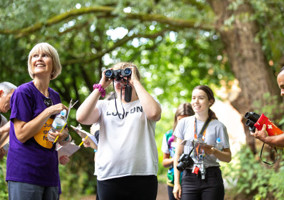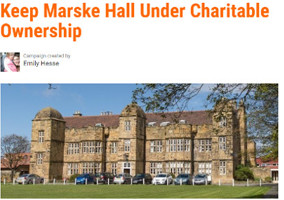Social care charity Leonard Cheshire has recorded a record income of £176m, after receiving a “significant” legacy donation, according to recently filed documents.
Leonard Cheshire’s accounts and annual report for the year until March 2018 shows that the charity’s fundraising income grew by over £14m, from £10.9m the year before to £25.1m.
In her foreword to the report, Sally Davis, the charity’s chair, says that the charity “continued to face a challenging financial environment” but its income nevertheless grew “thanks mainly to a significant donation”.
The accounts show that this significant donation is likely to have been a legacy, as the charity received £21.4m from legacies in 2017/18, compared to only £7.2m the year before.
Leonard Cheshire’s expenditure also grew by more than £10m, from £161m to £172m in 2017/18, with the vast majority of this spent on social care activities.
The charity’s free reserves, meanwhile, decreased from £14.2m to £10.4m.
Staff cut
Leonard Cheshire’s average number of full-time equivalent (FTE) staff during 2017/18 dropped by just under 250 from the previous year, from 4,448 to 4,201.
Meanwhile, its average headcount dropped from 6,410 to 6,094.
The charity’s highest paid member of staff earned £150,000 to £160,000 in 2017/18, up from £140,000 to £150,000 the year before.
£3m back-pay liability
In its accounts, the charity identified a potential liability of £3.1m in back-pay to care workers historically paid less than the minimum wage.
However, a Court of Appeal ruling involving Mencap in July has since led the government to change its guidance around payment for “sleep-in shift” workers to say that they are not necessarily eligible for the full minimum wage.
The charity said in its accounts that it has invested £7m to increase the pay rates for its frontline staff, “well above the national living wage and average rates being paid within the sector”.
Care homes sold
The charity is currently in the process of selling a number of its care homes, as originally announced in its 2016 strategy.
According to the report, the charity transferred “a number of services” during 2017/18 in the Isle of Wight, Kent, Sheffield and Derbyshire.
It said: “These services did not align with our strategy to support greater access to communities for people with disabilities and were transferred to other providers with the capacity and expertise to deliver a strong ongoing service.”
As of 31 March 2018, the charity had 154 care services across the UK.
|
Related articles












